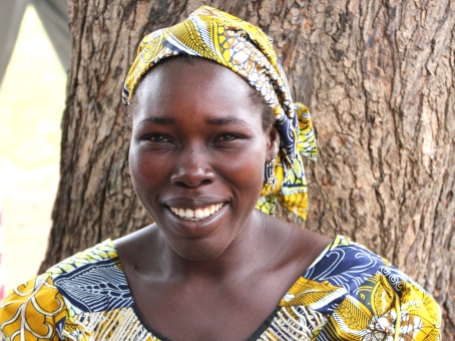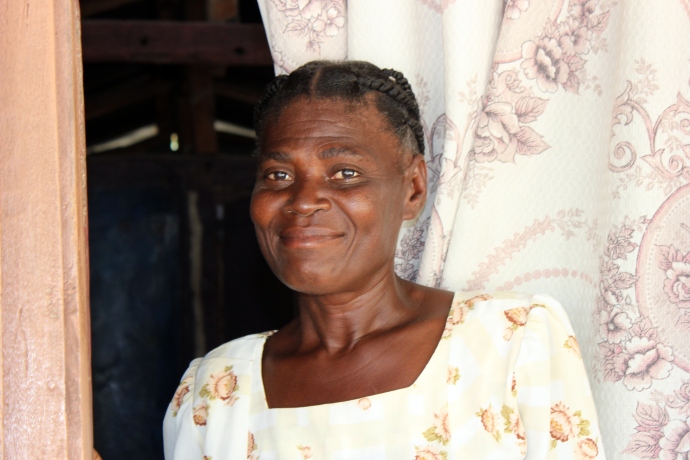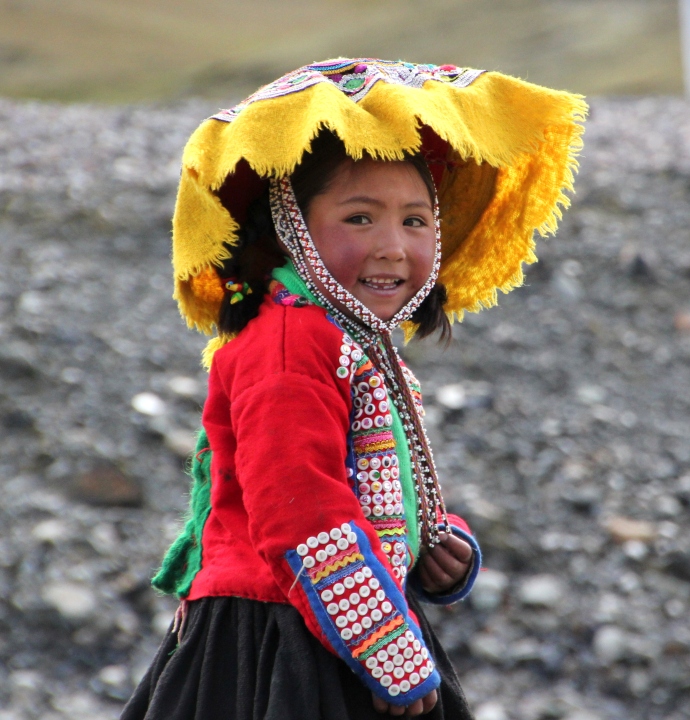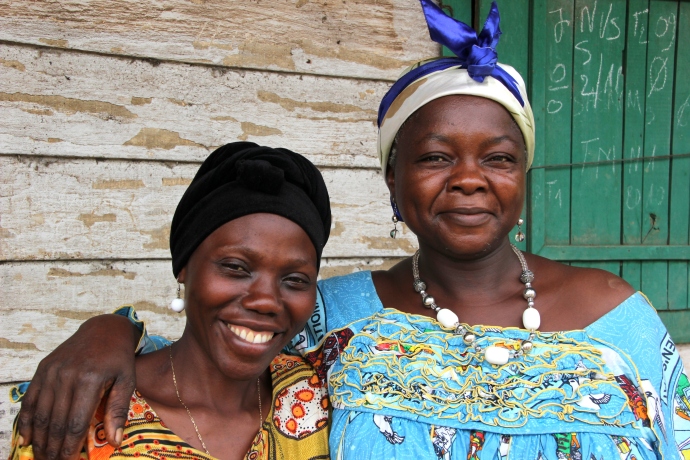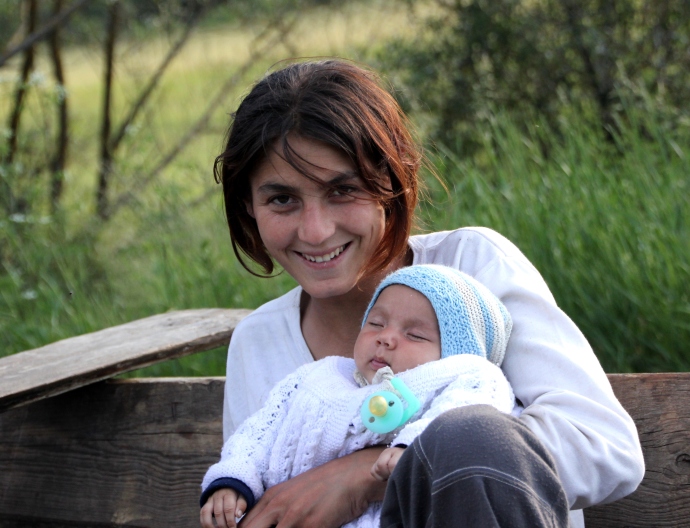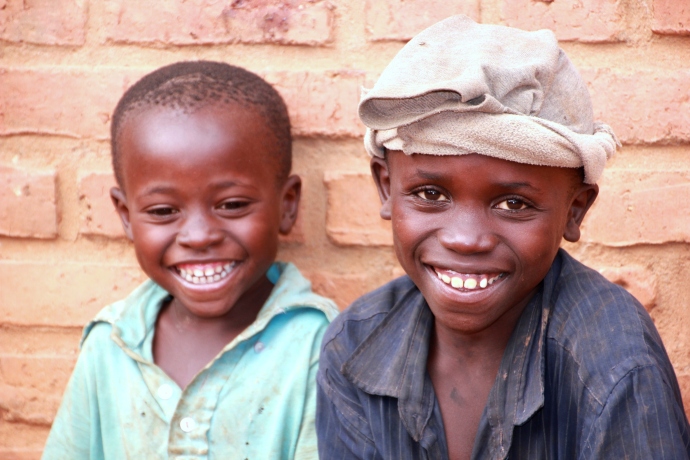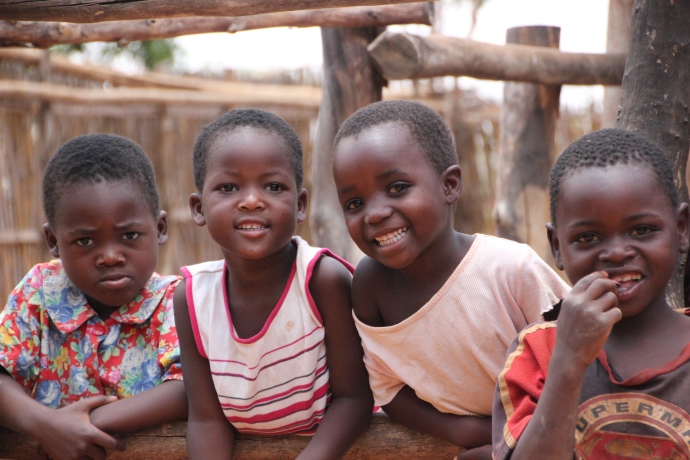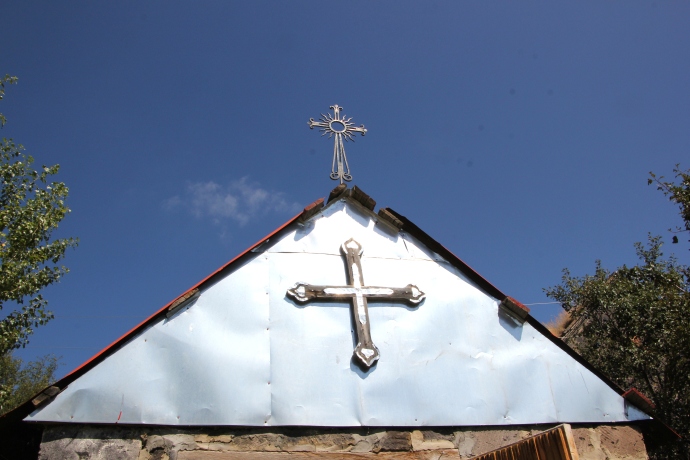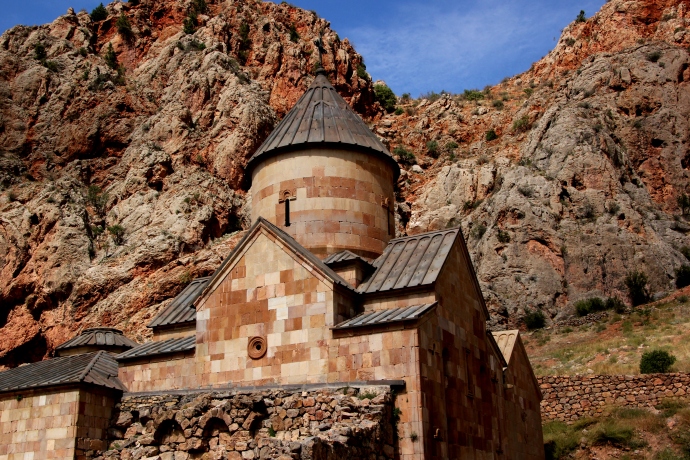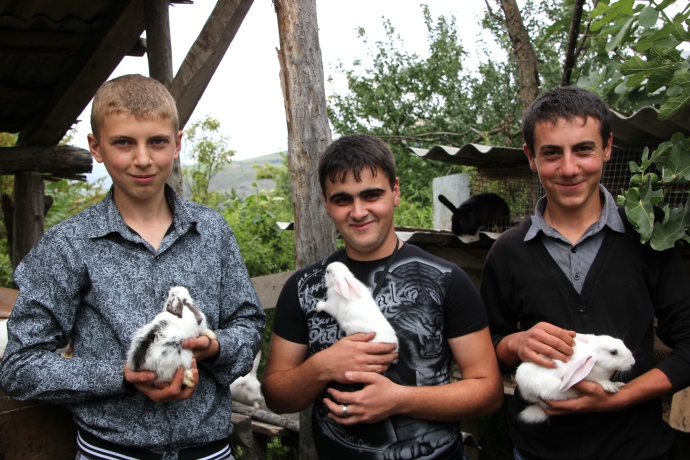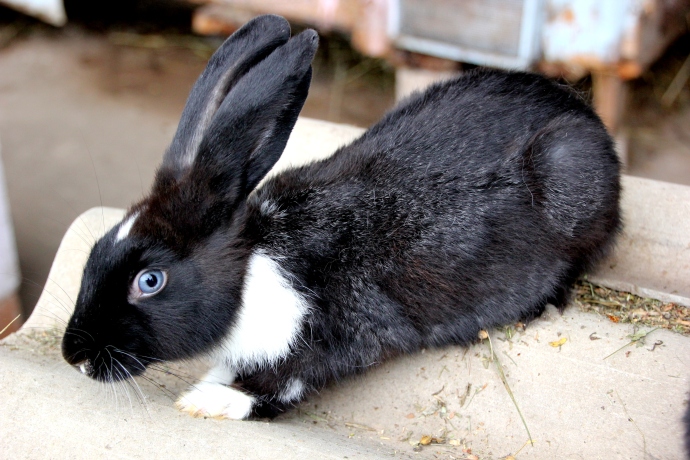 Traveling northeast out of Yerevan to lovely Tsaghkavan, you go first through the arid high mountains, then enter a tunnel and blast out the other side into an entirely different terrain – green, lush, wooded and cool. This is the “Little Switzerland” of Armenia: verdant forests of oak and beech and lush high pastures, where some of Heifer’s most important work is being done.
Traveling northeast out of Yerevan to lovely Tsaghkavan, you go first through the arid high mountains, then enter a tunnel and blast out the other side into an entirely different terrain – green, lush, wooded and cool. This is the “Little Switzerland” of Armenia: verdant forests of oak and beech and lush high pastures, where some of Heifer’s most important work is being done.

Remember the premise guiding Heifer’s new strategy? If you can double the productivity of the 650 million smallholder farmers around the world, they will feed themselves… and feed the world. Well, to double the productivity of Armenia’s farmers you need more cows. More healthy, fat cows. And cows like that come from a land with plentiful, fertile pastures.
The reality is, there are plenty of communal pastures in northeastern Armenia – they’re just inaccessible, overused or underused, and chronically mismanaged. So last year, Heifer teamed up with the World Bank and Armenia’s Ministry of Agriculture to start CARMAC (Community Agricultural Resource Management and Competitiveness Project) –and yes, these folks love acronyms as much as we do. CARMAC is a five-year, $23.3 million project that is designed to improve the lives of 24,000 people in 55 mountainous communities by increasing milk production by 17 million gallons/year and increasing meat production by 15 million pounds.
That math would really get Bill Clinton’s heart racing – but what it comes down to is giving rural communities like Tsaghkavan the tools, technology and training so the people can make the most of their animals and land assets and create a sustainable economy.
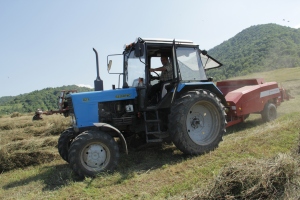
That’s what we’re talking about.
Each farmer needs about 120 bales of hay to feed each cow through the winter in barley, legumes and hay. In other words, they need productive pastures. Problem is, nobody’s paid much attention to the condition of the pastures, so in Tsaghkavan, the 80-hectare close ones are overused and unproductive, and the 570-hectare remote ones lack electricity, water and are impossible to get to. With CARMAC, each town works to build roads, shelters and watering points so the herders, animals and farm equipment can get to the rich, remote pastures. Trained vets and 10 new regional Ag Support offices improve animal health, provide artificial insemination, donate seeds and tractors and impart modern methods to grow better fodder, and loan coolers and cold storage to each village, so dairy products can be kept safe and fresh. It’s a soup-to-nuts approach and Heifer will provide links with large dairy processors and producers to support the marketing value chain – so all the extra milk being produced can get to market and be sold for a profit.
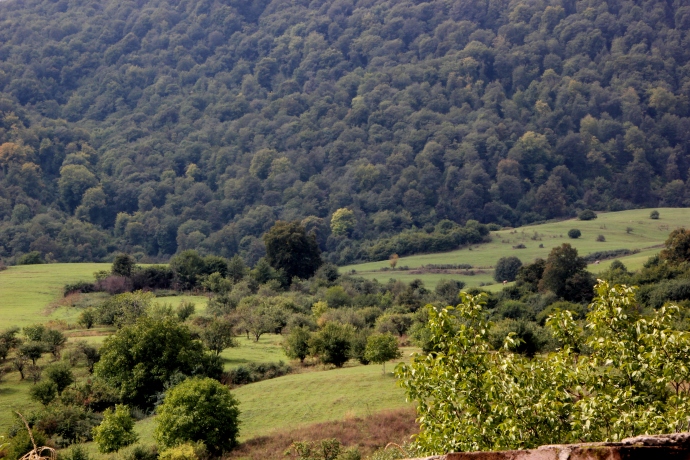
Tsaghkavan means City of Flowers….soon to be City of Dairy!
It’s a big, bold plan and it’s already is changing the way these towns work—where everything used to be done by hand, man by man. Now the farmers cooperatively employ technology, internet access, and mobile messaging to farm more efficiently. I must be evolving into a true Heifer geek because when I saw the Pasture Management Assessment maps, I was so excited I took about 15 photos of them.

It’s a beautiful, scientific thing …
I love when Heifer thinks big – and this plan is huge, complex and multi-faceted. I love that CARMAC moves far beyond giving a heifer – to planning how the communities can work together to develop a viable dairy business and charge up the economy of the whole region. And I love that it involves sustainably using the land so the pastures will be fertile and productive for years to come, without the use of toxins and pesticides.

Forever and ever …
If that makes me a geek (and I know it does), I’m happy to wear the pocket protector. Bring it!





